|
Margaret writes a piece for the UK Arctic Office on the AMP'D project, which is published on their website today, and copied below.
We divided into a “drilling team” and a “lab team” with the drilling team focused on finding suitable areas near Ny-Alesund for drilling permafrost, and the lab team focused on sectioning permafrost cores and preparing them for future microbiological analyses in our home laboratories. Contamination is a central challenge for drilling any material for microbiology investigations, including permafrost. Often fluids are used to support the drilling process but using drilling fluids can contaminate permafrost with foreign microbes. Since our investigations focused on in situ microbes, avoiding contam-ination was essential. Avoiding contamination is particularly important when the abundance of microbes in the permafrost is low, which preliminary investigations of the microbiology of this area suggest. Con-tamination may obscure real microbial signals. Our drill did not use drilling fluids, and because of this, friction between the drill barrel (the rotating cylinder at the end of the drill that cut out permafrost core sections) and the surrounding permafrost created heat that could melt the permafrost. Preventing the core material from getting too warm during drilling was therefore also important. Permafrost core sections were removed from the earth in ~30 cm intervals in core liners that held together the structure of the permafrost. Varying with depth, the permafrost material was dry, loose, and sandy, and sometimes it was hard and consolidated like rock. Coloured layers could be seen at different depths of the core from the same borehole hinting that different layers have different geochemistry and different in situ microbial metabolisms. In the lab, we separated each core section into smaller sections so that specific permafrost layers could be analyzed for microbiology and biogeochemistry. The cores from each of these were stored frozen and transported to laboratories in London, Naples, New Jersey, and Knoxville, for experiments and analyses that will soon help us understand how microbes in Svalbard permafrost are affected by and participate in Arctic warming.
0 Comments
Leave a Reply. |
Archives
March 2024
Categories |
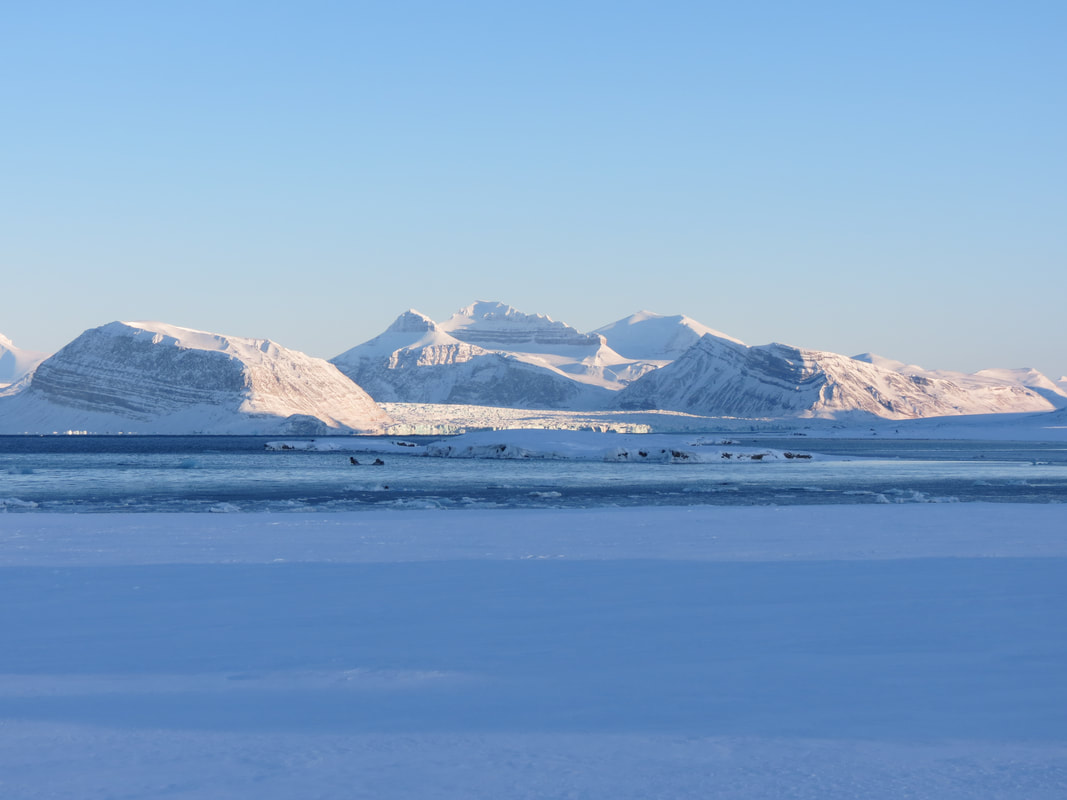
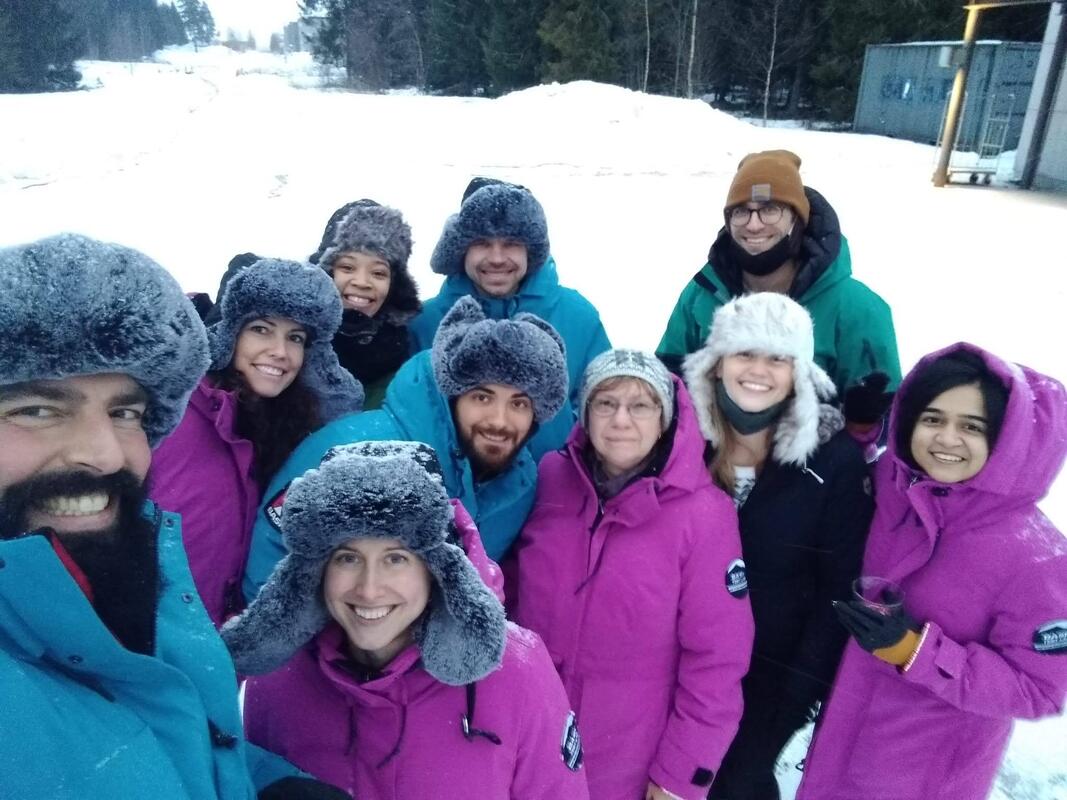
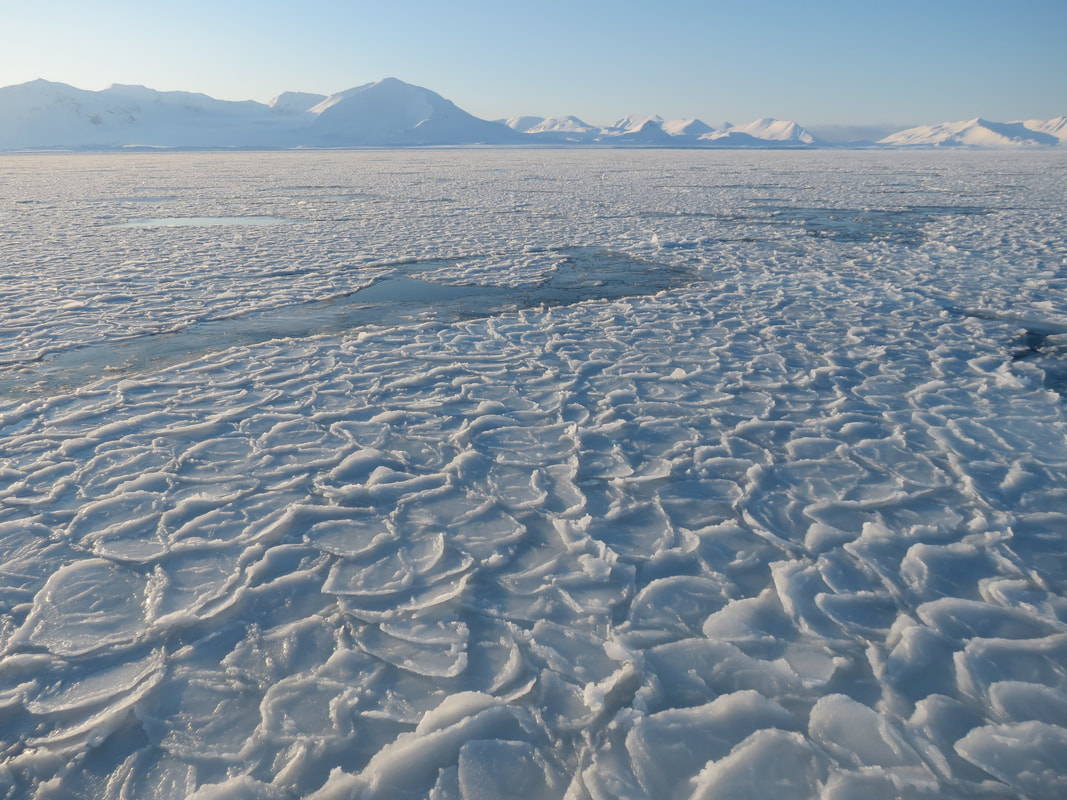
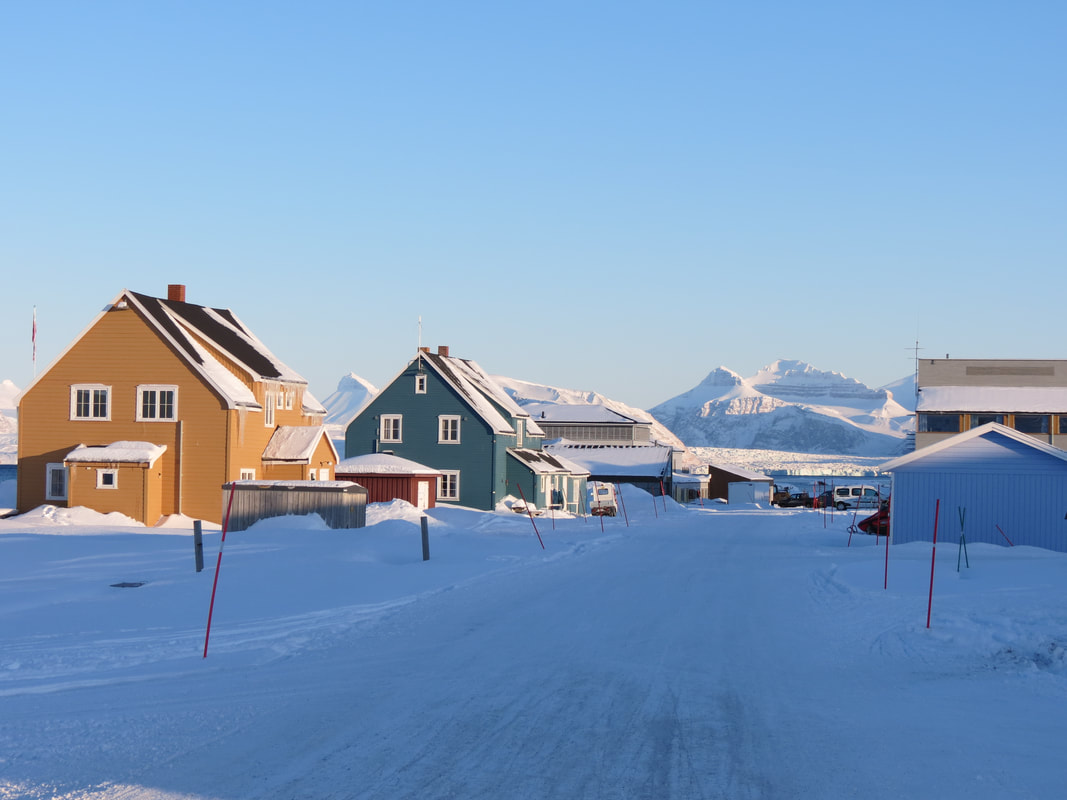
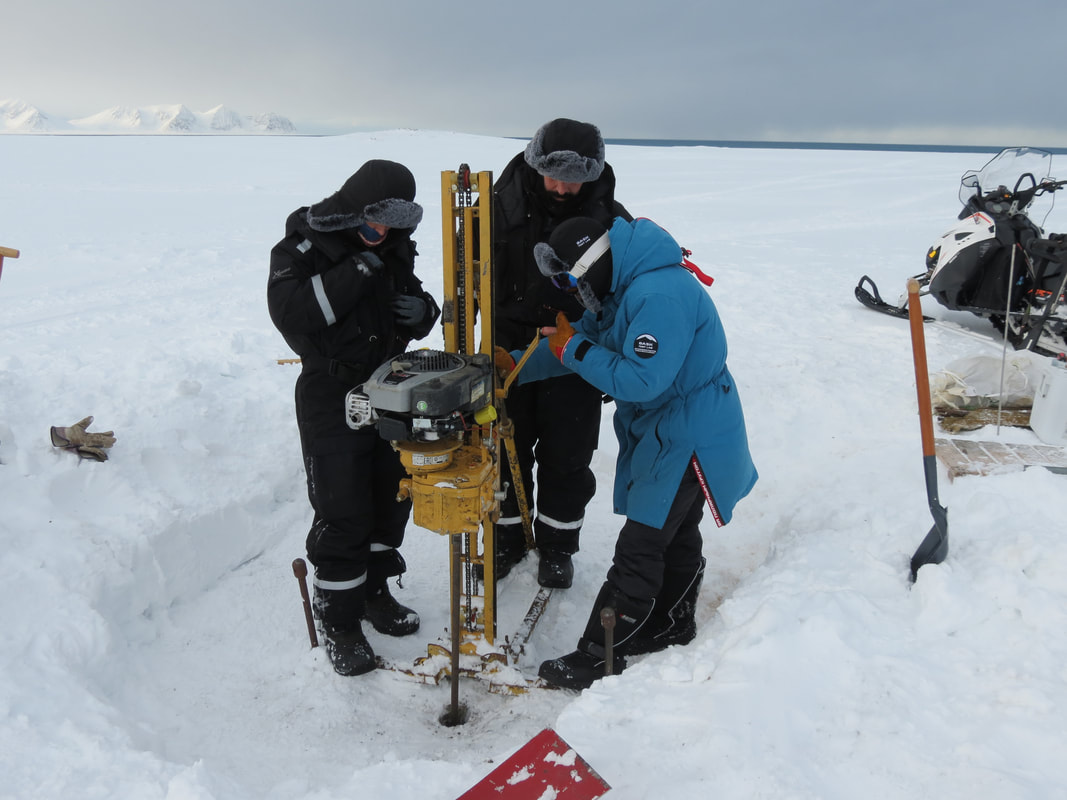
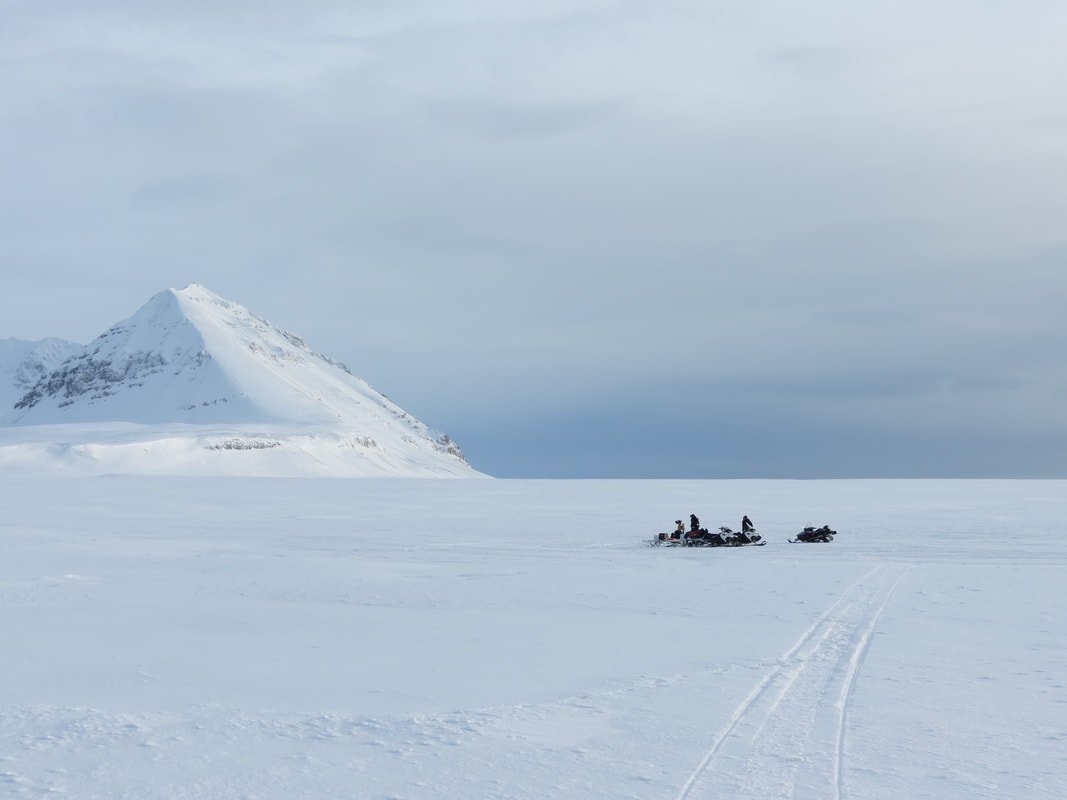
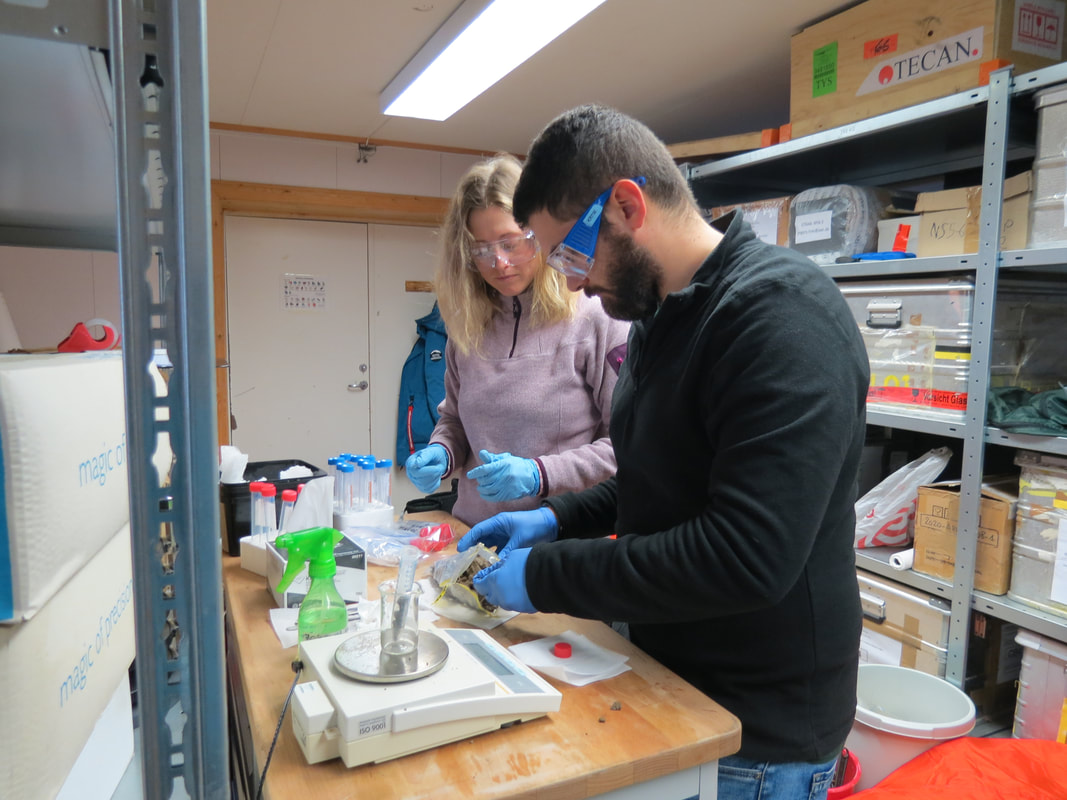
 RSS Feed
RSS Feed
